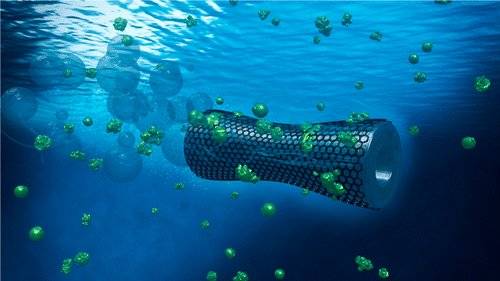This article is more than 1 year old
Reusable autonomous swimming microbots soak up 95% of spilt lead
New bots 10 times more efficient than old bots.
Thousands of miniature microbots could be used to clean up toxic heavy metals in contaminated water in tests purging some 95 percent of lead in an hour.
The findings promise to reduce the impact of industrial spill clean up efforts by avoiding the introduction of additional contaminants, and salvaging lead for recycling.
It is the handiwork of researchers Diana Vilela, Jemish Parmar, and Samuel Sánchez of the Max-Planck Institute for Intelligent Systems, and Yongfei Zeng and Yanli Zhao of Nanyang Technological University.

Microbots.
The teams write in the paper Graphene-Based Microbots for Toxic Heavy Metal Removal and Recovery from Water [paid] that the new model of microbot is more efficient than predecessors.
"Heavy metal contamination in water is a serious risk to the public health and other life forms on earth," the team says.
"We report graphene oxide-based microbots (GOx-microbots) as active self-propelled systems for the capture, transfer, and removal of [lead] and its subsequent recovery for recycling purposes.
"Mobile GOx-microbots remove lead 10 times more efficiently than nonmotile GOx-microbots, cleaning water from 1000 ppb down to below 50 ppb in 60 min."
The microbots are built on nanosized multilayers of graphene oxide, nickel, and platinum, and are the latest in a research field that is producing nanomaterials that can quickly remove pollutants from water.
Researchers say the bots' graphene oxide outer coat captures suspended lead, the inner platinum layer decomposes hydrogen peroxide for self-propulsion, and the middle nickle band allows the machines to be magnetically retrieved from the water.
The autonomous machines can be reused as soon as lead is chemically separated. ®
